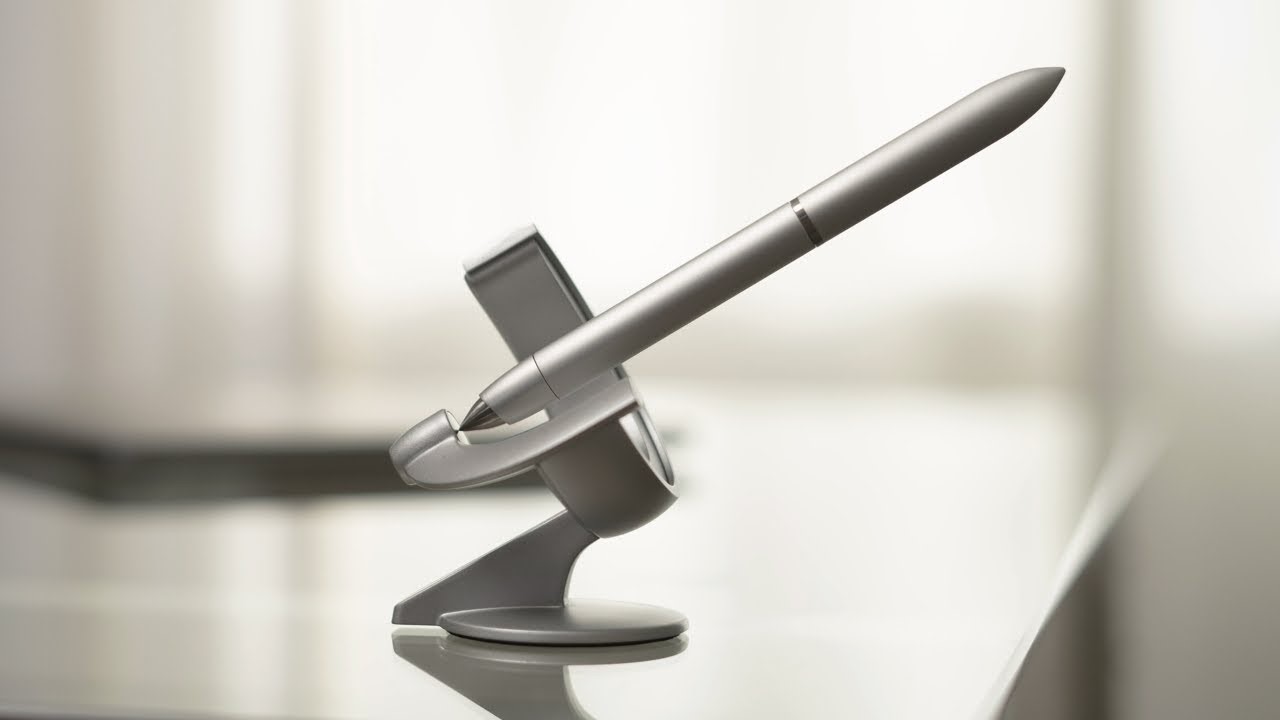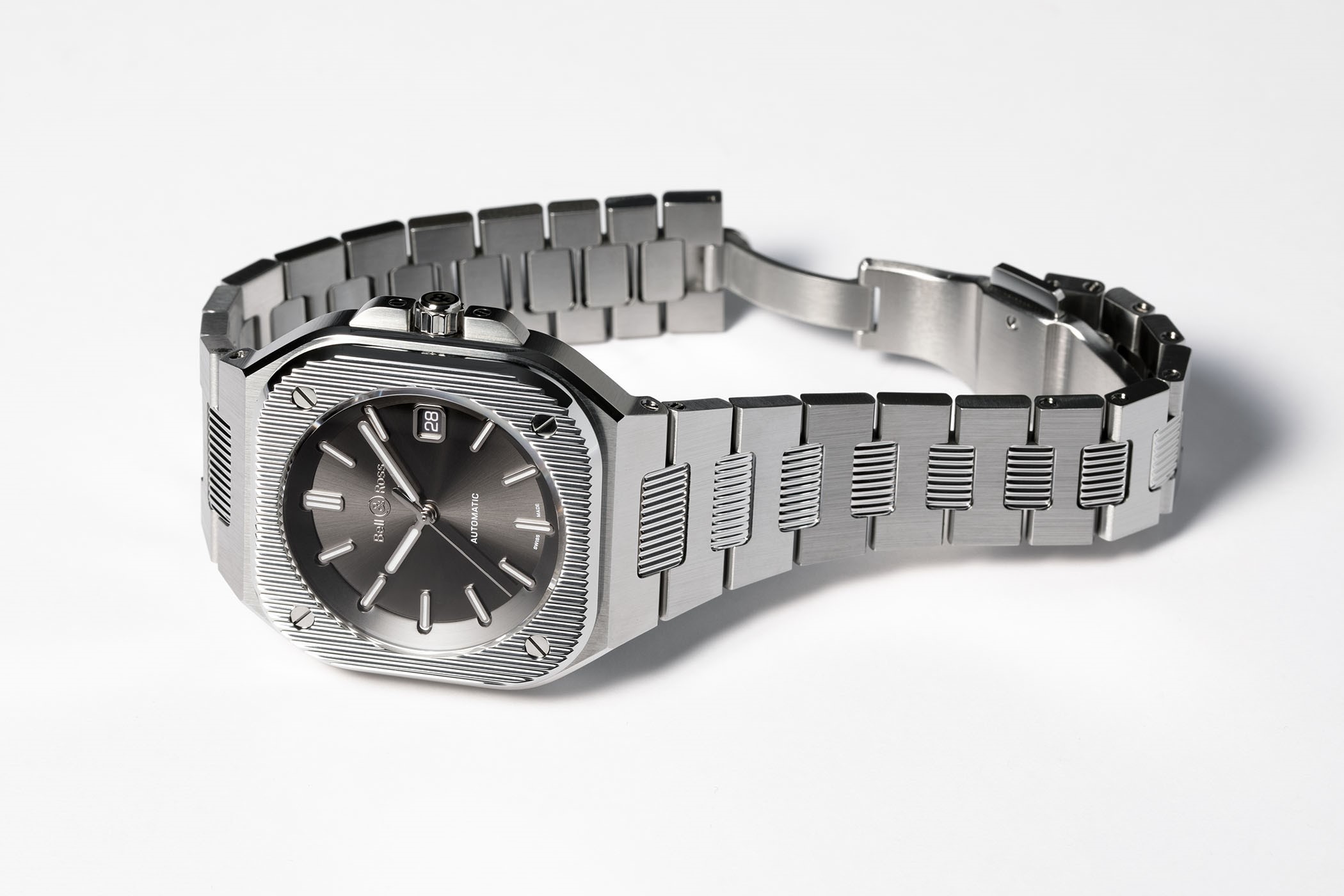2022: Top 8 uses of aviation-grade aluminium under the end-user sector
Aluminium is a 100% recyclable and sustainable metal in the industry. It is well known to us that recycling aluminium emits 95% less energy than producing it from raw materials. Regarding linkages, aluminium and its applications in the aircraft sector have a long history. The links extend back to the nineteenth century when Count Ferdinand Zeppelin used aluminium to make frames for his 'airships'. Aeroplanes are typically recycled at roughly 25-30 years of age when replacement becomes necessary due to metal fatigue.
For decades, journeys by aeroplane have been considered one of the quickest and most technologically advanced options. Millions and thousands of people use aircraft for their travel every day. And just like other transportation, even aircraft undergoes a life-ending process, during which the parts like windscreens, landing gear, etc., are sent for recycling. The parts are then dismantled into fundamental components of vital resources such as aluminium, among other valuable remains.
{alcircleadd}_0_0.jpg)
Below is a list of the top 8 applications of aerospace-grade aluminium under the end-user sector in 2022:
Levitating Pen 3.0
Forged out of aircraft-grade aluminium and titanium, the Levitating Pen 3.0 is the third edition of the space-inspired hovering pen. The pen comes with a stand painstakingly set on a touchpoint. The pen continues to rotate on the stand. As the name implies, the Levitating Pen 3.0 can float on its stand and spin for 30 seconds, utilising fundamental kinetic energy. The pen's all-metal construction is constructed of aircraft-grade aluminium and rests on a magnetic base or bottom stand made of zinc alloy. To generate smooth strokes on paper, just move the pen from its original position, and after usage, simply restore it to its 60° tilted alignment, where the magnetic base attracts the pen's nib to attach it securely.

iPhone 14 series
Available in five different hues, the iPhone 14 and iPhone 14 Plus have been constructed of durable, sleek aerospace-grade aluminium. Not only this but the Taptic Engine of the model is also built of recycled tungsten metal. All of the magnets, including those used in MagSafe, were made entirely of repurposed rare earth elements, shielding the environment from the detrimental effects of metals in goods. Apple, the American multinational tech giant, is known globally for its cool gadgets and sustainable measures to protect the environment. Apple aims to achieve carbon neutrality across its manufacturing supply chain and all stages of product life cycles by the year 2030.
Octave de Gaulle
Octave de Gaulle, an ENSCI graduate designer interested in space products and interiors, encased a glass bottle in an aerospace-grade aluminium shell for Maison Mumm, allowing champagne to be drunk in space. Maison Mumm produced Mumm Cordon Rouge Stellar champagne for Axiom Space flights to be "the first champagne bottle and tasting experience designed for space travel and human spaceflight." The Mumm Cordon Rouge Stellar is packaged in a 375-millilitre glass bottle with a stainless-steel opening and closing system per the requirements. It is encased in an aeronautical-grade aluminium casing meant to protect the bottle. The highest component of the bottle is represented by a long neck capped with a ring that retains the cork and locks the bottle's stainless-steel mechanism. This prevents the cork from popping and keeps the bottle uncorked securely.
Ignite Grande smartwatch
Crossbeats announced the addition of the Ignite Grande smartwatch housed inside an aerospace aluminium metal framework. In contrast to traditional smartwatches that feature a dual-channel configuration for calling and app connections, the newest models include a novel mono-channel Bluetooth pairing mechanism that is the first of its kind and unique. In addition to the Mono Channel for Bluetooth calling, it has the company's proprietary HyperSenseTM technology, which allows for a 60Hz refresh rate for the screen and seamless navigation through different built-in or linked functions and apps.

BR 05 Artline watches
Bell & Ross debuted the BR 05 variant of the company's iconic BR 03 in 2019. Based on earlier designs, the new BR 05 Artline is a far more contemporary, beautiful, and polished interpretation that retains the rounded edges to give the watch a vintage sense in an urban setting. This current design, which has a foldable metal case, was primarily inspired by the aero patterns of the corrugated aluminium fuselages of 1940s cargo aircraft. The urban trend of using aluminium in buildings also influenced the development of the watch. Like the façade of buildings, the watch is protected by an aluminium framework that wraps around its mechanical compartment. Aluminium's application in interior design and lighting has also been a driving factor for the watch manufacturer.
MetLase
Yorkshire-based MetLase, an engineering firm, collaborated with the Advanced Manufacturing Research Centre (AMRC) to improve the production of critical aircraft parts by reducing component weight by 12%. These components would need 7000-grade aluminium, which has high internal residual stress and warps during machining. MetLase employed 30 people at its high-tech facility in Rotherham and had worked tirelessly with AMRC to undertake trials for the study recommending smart positioning to 'lightweight' structural aircraft components. Airframe components made from 7000-grade aluminium are famous for their internal residual stresses and tendency to warp during machining, particularly if the element has a thin wall. This reduces the component's geometric stiffness.
Infinity X1
Infinity X1, a hybrid technology designer and producer, announced the release of its newest torches made of aviation-grade aluminium. The Infinity X1 LED Hybrid Powered torch series has high lumen counts, three lighting modes, dual power options, IPx4 water resistance, and 1-meter drop protection. The torch is also available in four-lumen intensities. It includes two power sources: one rechargeable battery core with a built-in USB-A connection for easy charging and another USB-A connector for backup power for other devices.
DisruptiveLab
Airbus launched DisruptiveLab, a revolutionary helicopter designed to test flying technologies for improving aircraft performance and reducing the carbon footprint left by helicopters. The helicopter featured an aerodynamic aluminium and composite fuselage designed to minimise drag and fuel consumption. DisruptiveLab will be critical in calculating the new aerodynamic design that will aid in fuel consumption reduction. The helicopter will be dual-purpose, with a parallel hybrid propulsion system charging the battery while in flight. The blades were incorporated into the rotor so that the rotor head was more compact, reducing drag and boosting energy efficiency while producing less noise. Its low-weight rear fuselage included a streamlined Fenestron tail rotor, which aids in performance.
This news is also available on our App 'AlCircle News' Android | iOS












.png/0/0)






